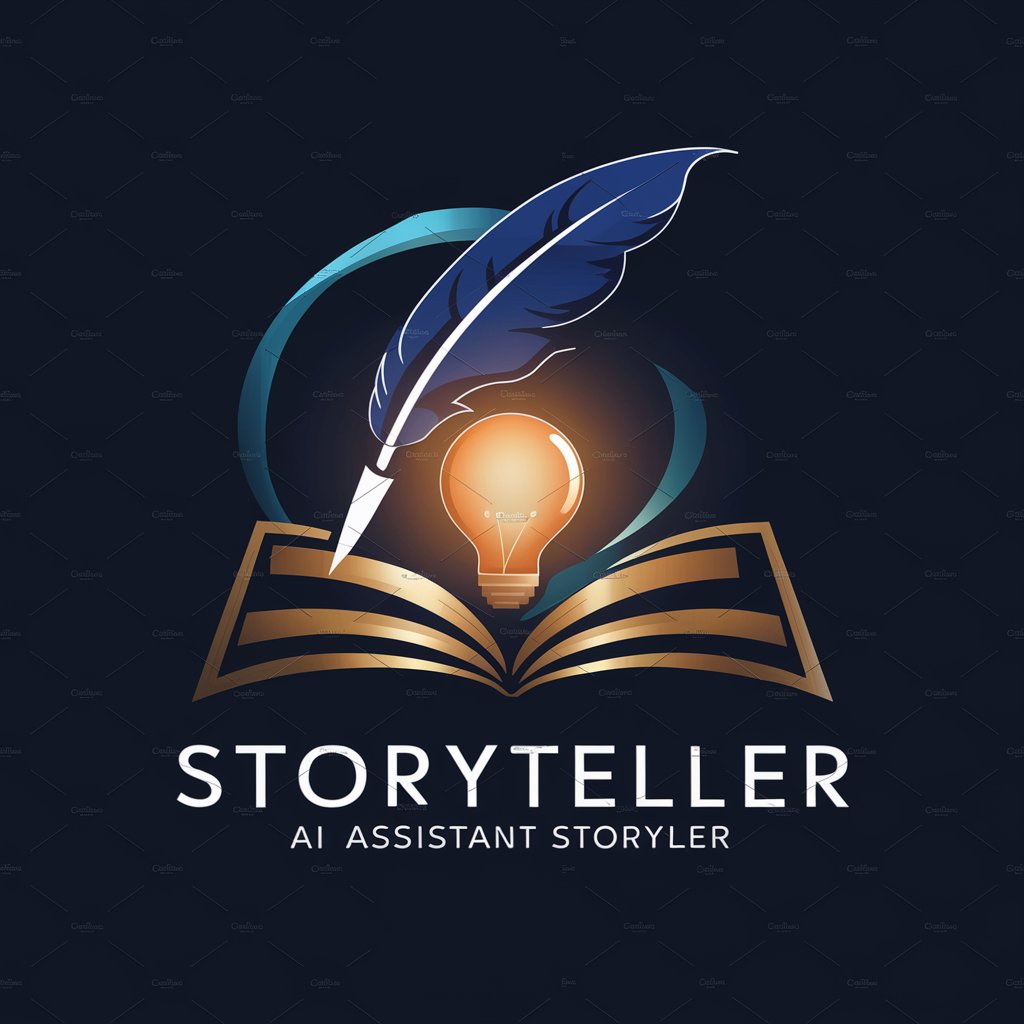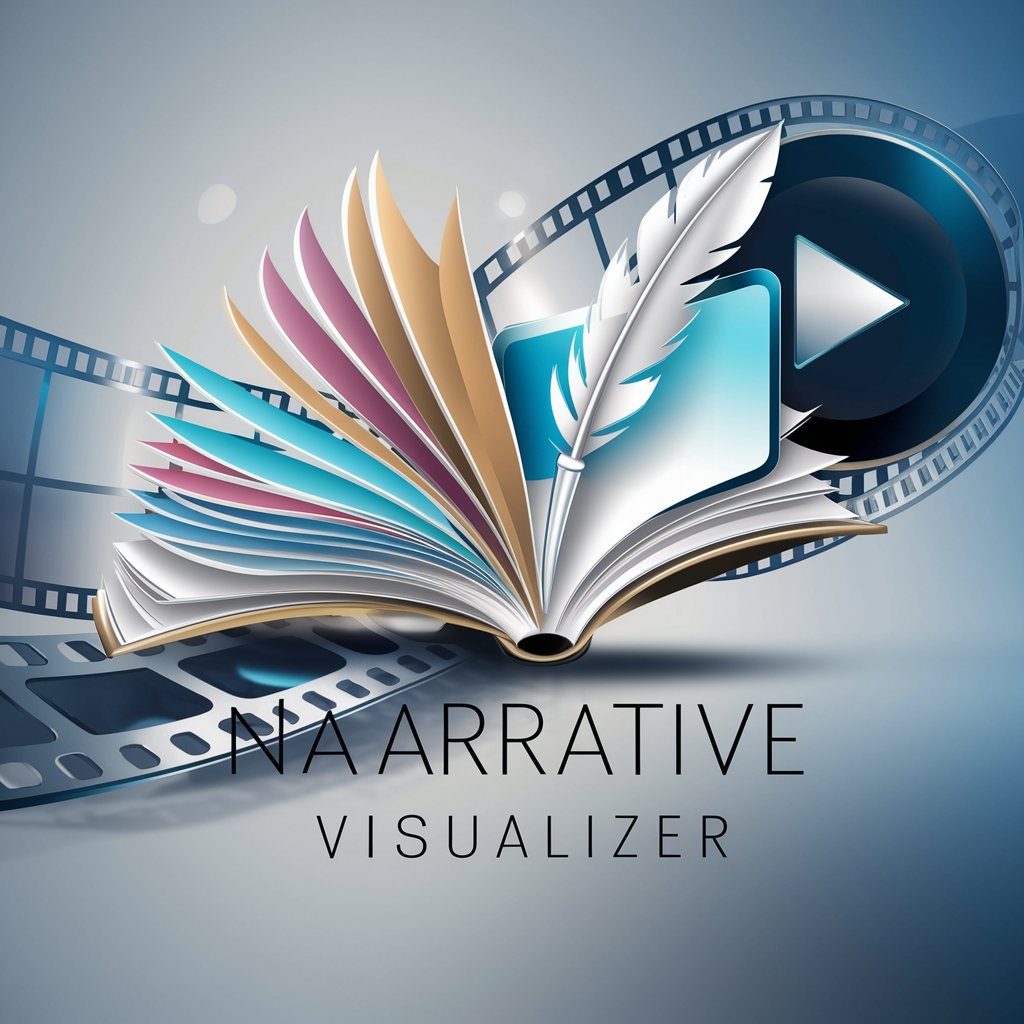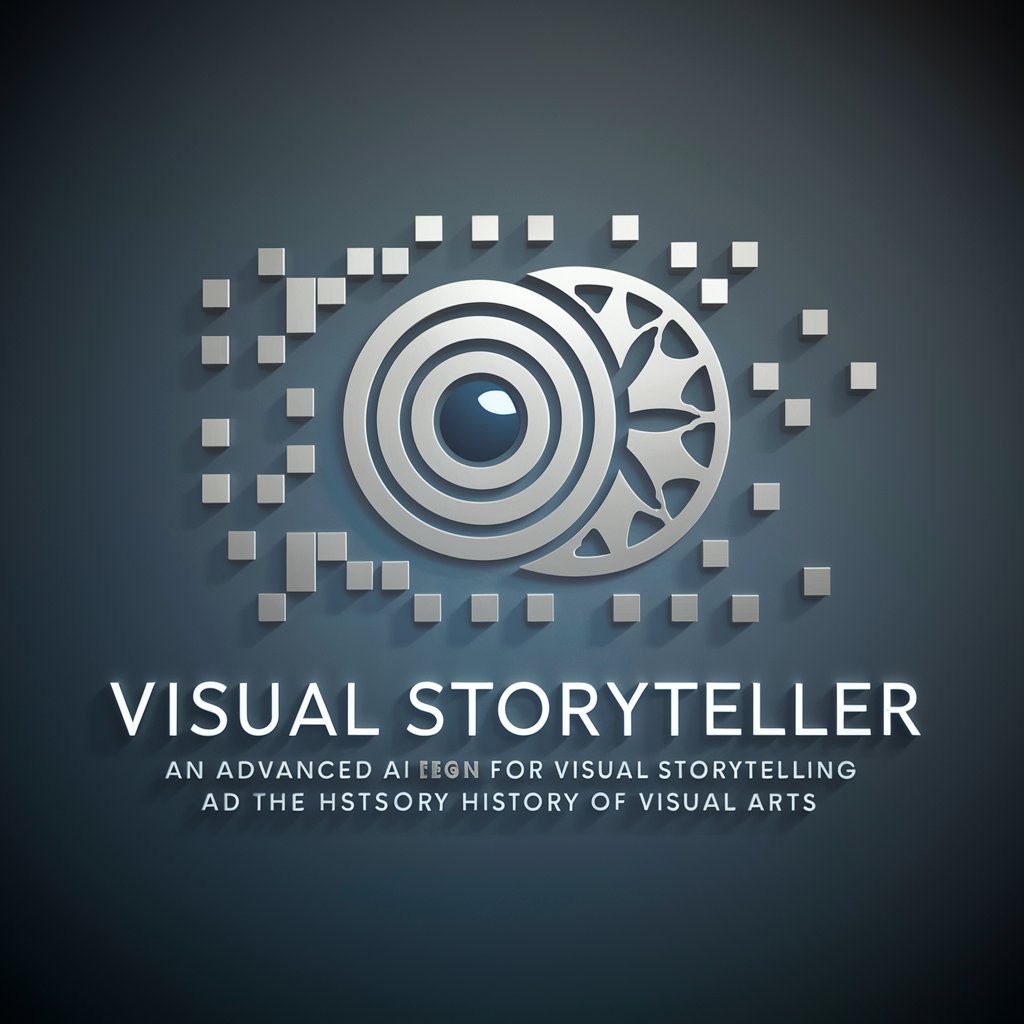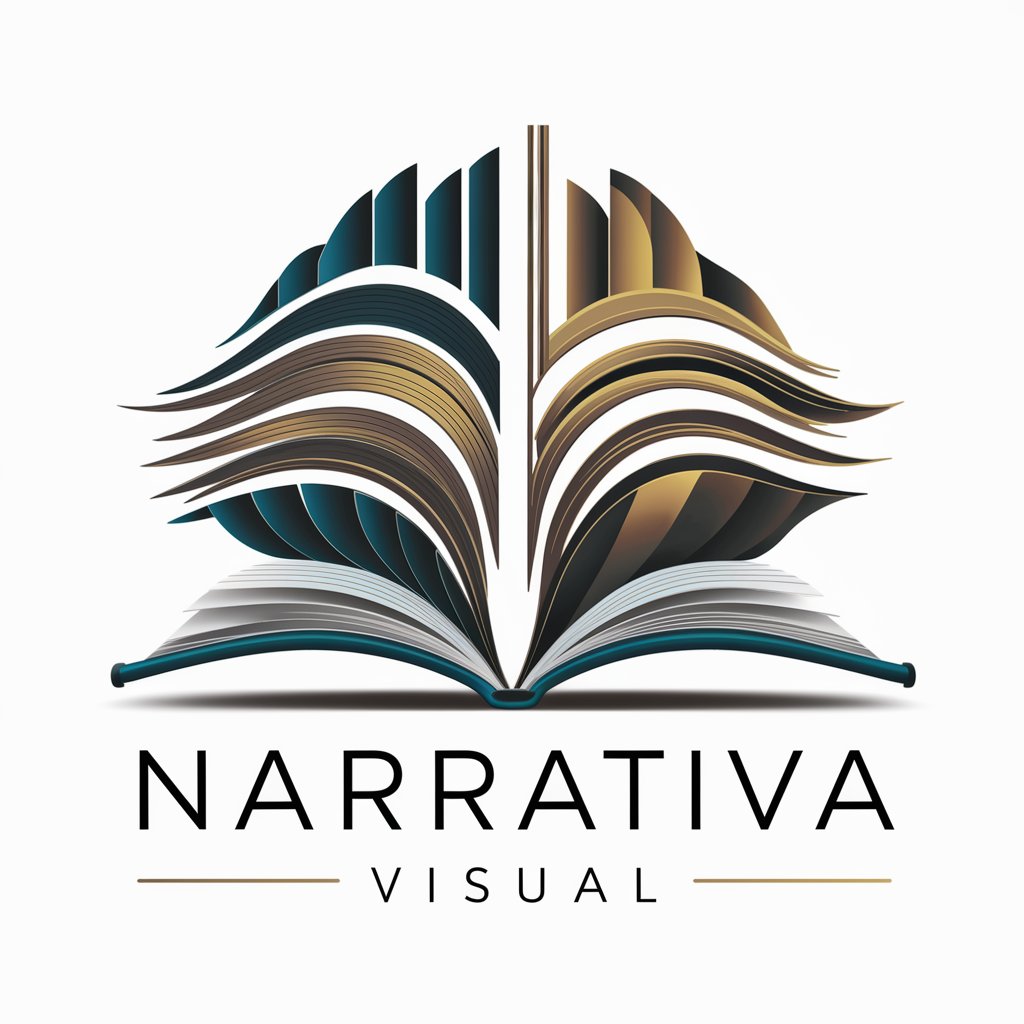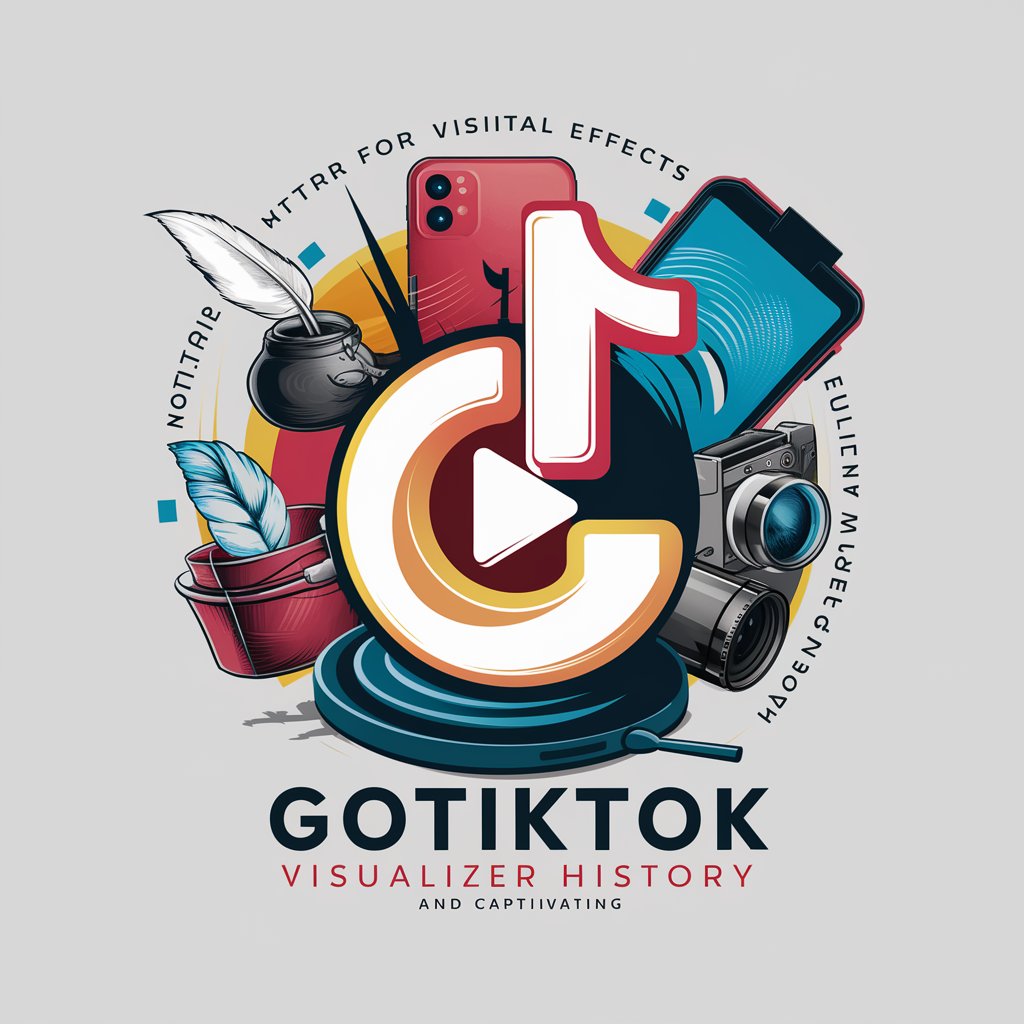
Generating narrative visuals - AI-Powered Visual Storytelling
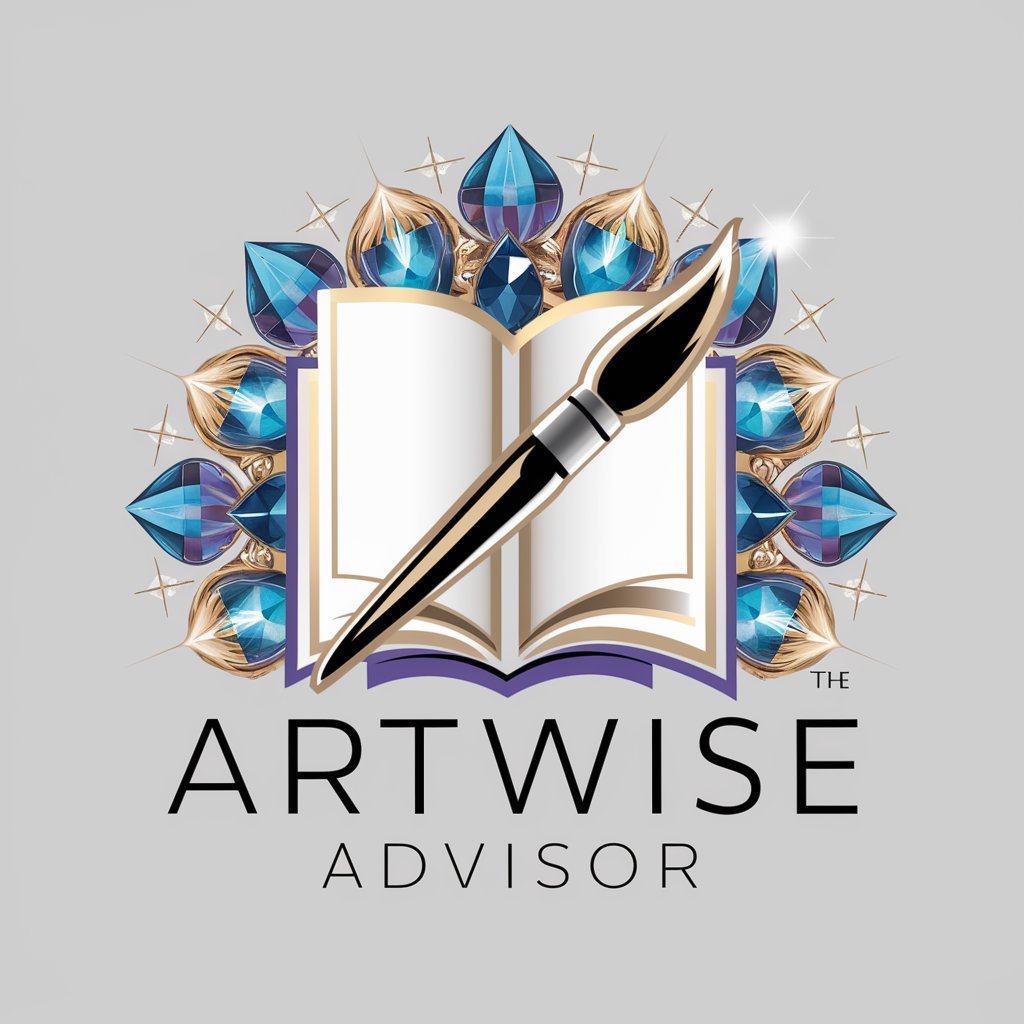
Welcome to Artwise Advisor, your creative companion for game narratives.
Bringing Stories to Life with AI
Create an artwork depicting a character embarking on a mystical journey, surrounded by...
Design a scene where a hero stands at the edge of a magical forest, with...
Illustrate a moment of discovery as the protagonist finds a hidden treasure chest filled with...
Envision a dramatic confrontation between the game's hero and a powerful antagonist, set against...
Get Embed Code
Introduction to Generating Narrative Visuals
Generating Narrative Visuals is a specialized function designed to create visual artwork suggestions that enhance storytelling within digital games and interactive media. Its core purpose is to conceptualize art pieces that are not only visually compelling but also deeply integrated with a game's narrative and aesthetic themes. For example, envisioning an artwork where a character from a fantasy game stands at the edge of a magical forest, gazing at the ancient ruins that hold the key to their quest. This character's pose and the setting would not only capture the game's visual style but also convey the mystery and adventure central to the game's story. Such suggestions are tailored to enrich the game's world, adding depth to its lore and making the gaming experience more immersive for players. Powered by ChatGPT-4o。

Core Functions of Generating Narrative Visuals
Narrative Integration
Example
For a game set in a dystopian future, Generating Narrative Visuals might suggest artwork depicting a bustling market square that thrives amidst the ruins of the old world, highlighting the resilience of humanity.
Scenario
This function applies in game development stages where the team seeks to deepen the world-building aspect, ensuring that every visual element reflects and enriches the game's storyline.
Character Backstory Visualization
Example
Conceptualizing a series of paintings that depict key moments in a protagonist's life before the game's current events, such as their childhood spent in a mystical woodland, training with a legendary warrior, or facing a personal tragedy.
Scenario
This is particularly useful during character development phases, where creating a visual backstory can aid writers and designers in understanding and portraying the character's motivations and growth.
Thematic Motif Exploration
Example
Suggesting artwork that explores the theme of 'light vs. darkness' through contrasting visual elements, such as a luminous artifact surrounded by shadows, symbolizing hope in a world filled with despair.
Scenario
This function assists in crafting the game's visual identity, ensuring that thematic motifs are consistently represented across all artwork, contributing to a cohesive and engaging player experience.
Who Benefits from Generating Narrative Visuals?
Game Developers
Teams involved in game development, from indie creators to large studios, can utilize these services to enhance their game's narrative depth and visual appeal. It aids in ensuring that every aspect of the game's design contributes to an immersive and emotionally engaging story.
Writers and Storytellers
Writers crafting narratives for interactive media or digital storytelling platforms can leverage these visual suggestions to visualize scenes, characters, and settings, making their stories more vivid and impactful for their audience.
Educational Content Creators
Creators developing educational games or applications can use these services to create engaging content that combines storytelling with learning objectives, making educational material more appealing and memorable for students.

How to Use Generating Narrative Visuals
Initiate a Free Trial
Start by visiting yeschat.ai to access a free trial instantly without the need for logging in or subscribing to ChatGPT Plus.
Define Your Narrative
Outline the story or theme you wish to explore visually. Consider the narrative elements, characters, setting, and mood you want to convey.
Choose a Style
Select a visual style that complements your narrative. This could align with a specific game, art era, or a unique aesthetic you envision.
Provide Details
Offer as much detail as possible about your visual narrative concept. Include character descriptions, specific scenes, and any key items or symbols to be featured.
Review and Refine
After receiving your initial narrative visual, review it for alignment with your vision. Provide feedback for any refinements or adjustments needed.
Try other advanced and practical GPTs
PDF: Create PDF File
Transform Text to PDF Seamlessly

Web Browse
AI-Powered Real-Time Information Discovery

Negotiator with browse
Master negotiations with AI-driven insights
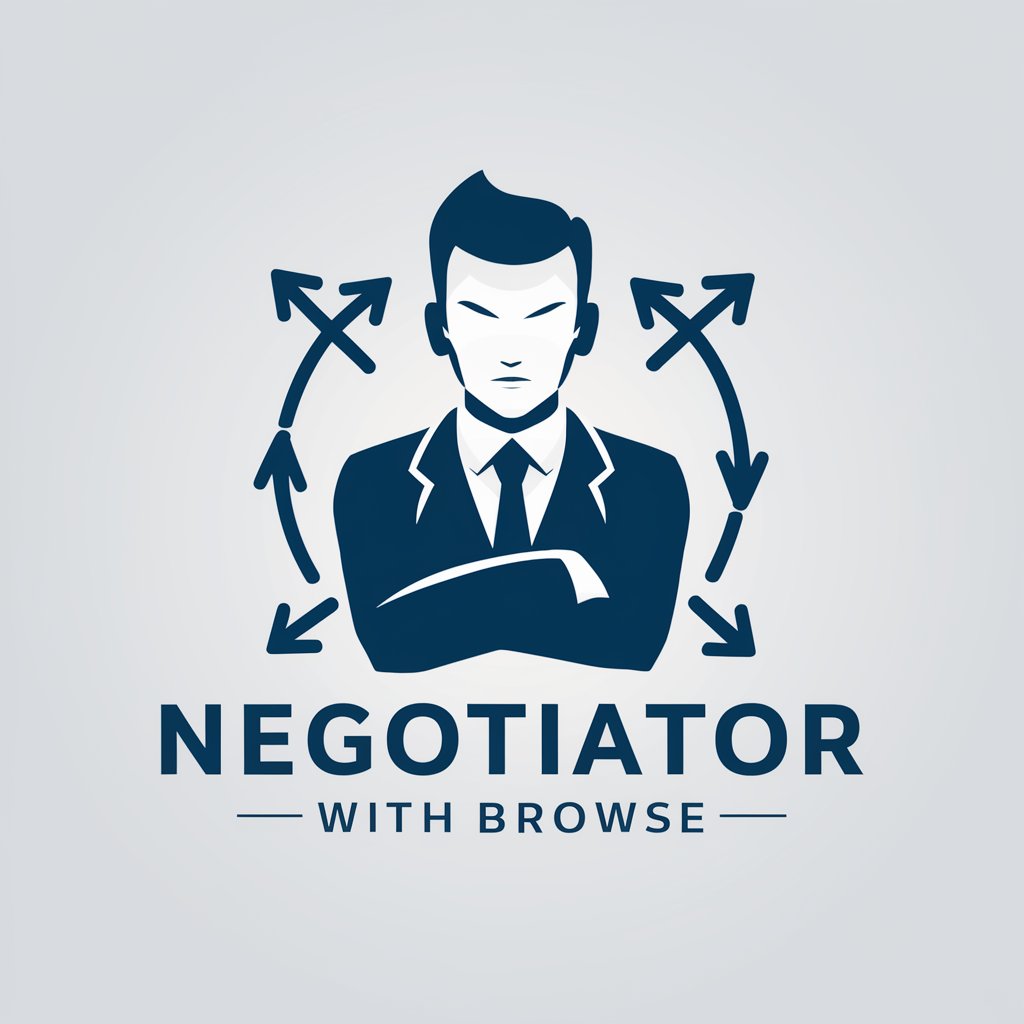
AMS Keyword Assistant for Merch Makers
Optimize Merch with AI-powered Keywords

Graphics Scout for Tshirt Makers
Unleash creativity with AI-driven t-shirt graphics

Gif Makers
Craft dynamic GIFs with AI precision
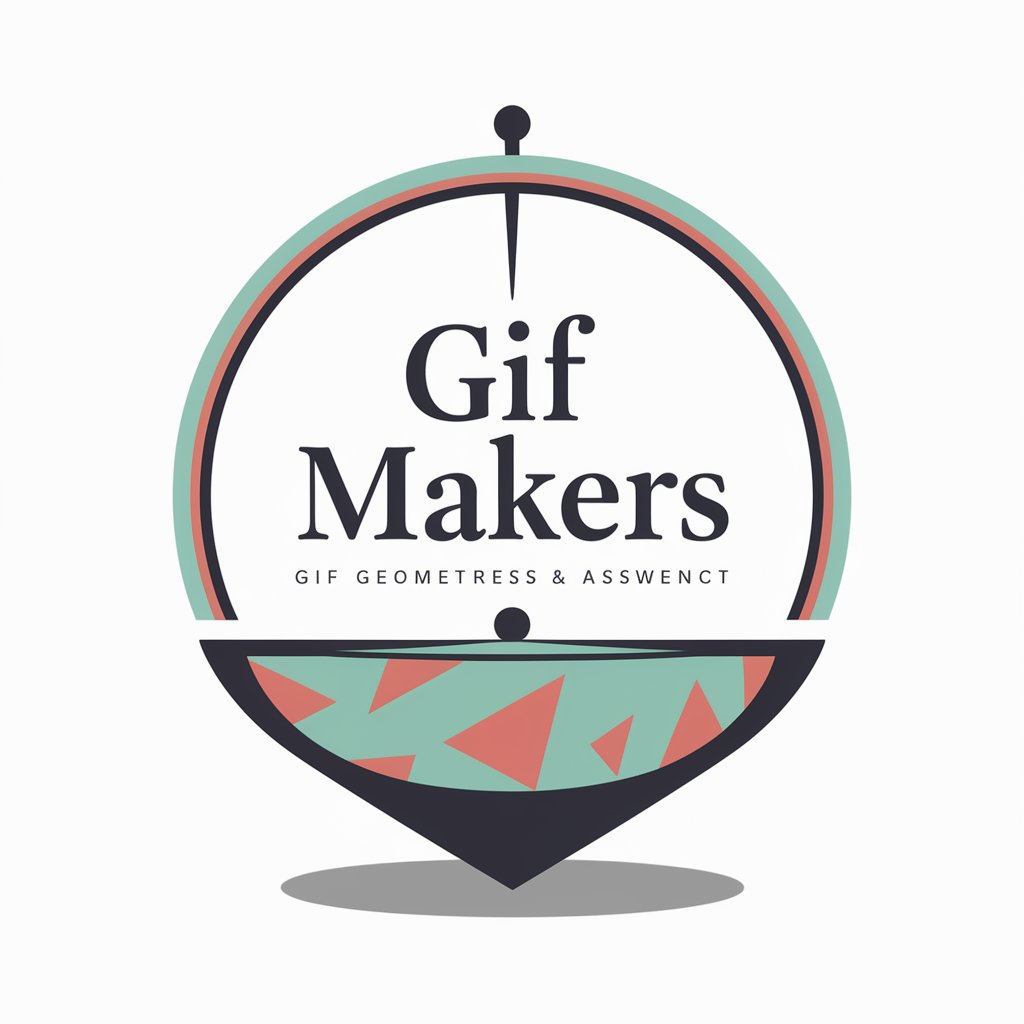
Patriotic Artist of Canada Generating National Img
Crafting Canadian Heritage with AI
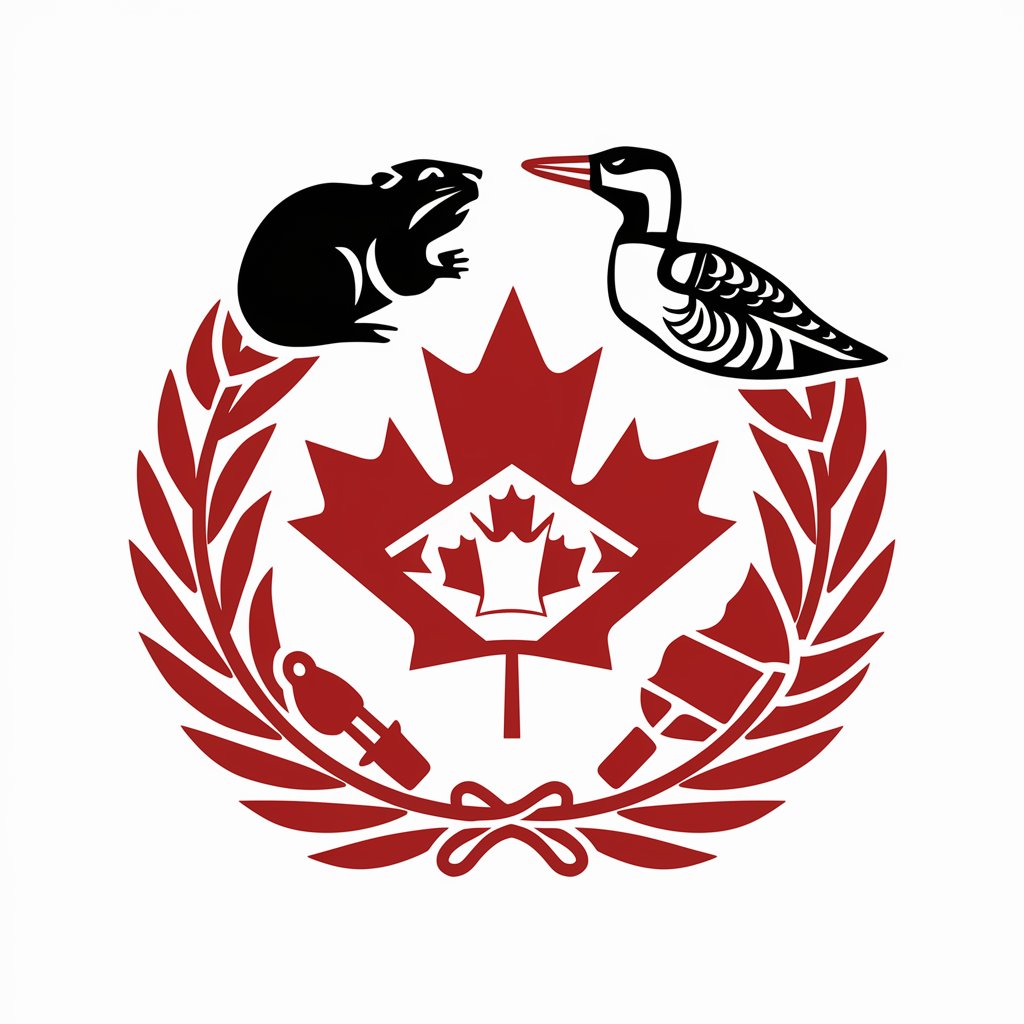
Bot for generating unique, personalized ideas.
Empowering creativity with AI-driven insights
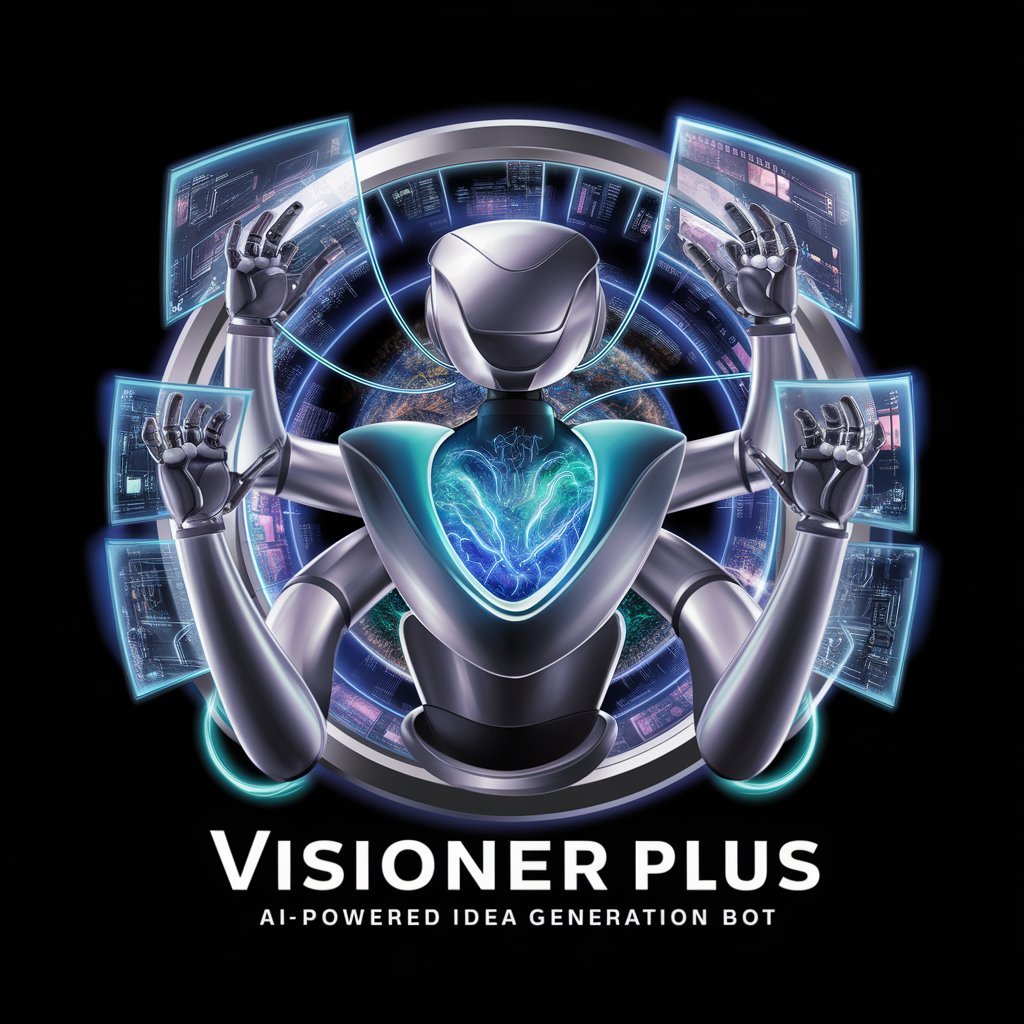
Patriotic Artist of USA Generating National Images
Crafting American Pride with AI

Patriotic of Nigeria Generating National Images
AI-powered Nigerian cultural imagery at your fingertips.
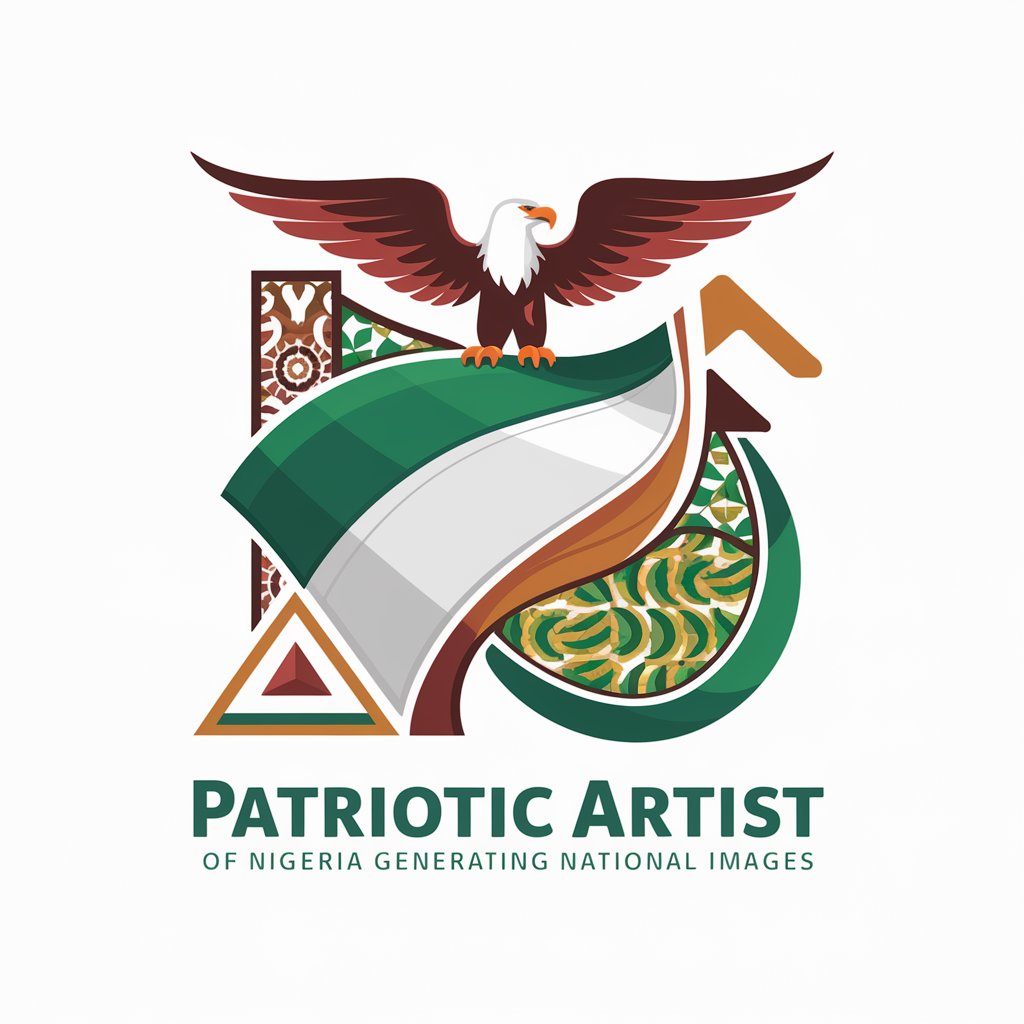
Prompt for generating keyword ideas
AI-Powered Keyword Innovation

Creative Wizard for Generating Images
Empower your creativity with AI-driven imagery.
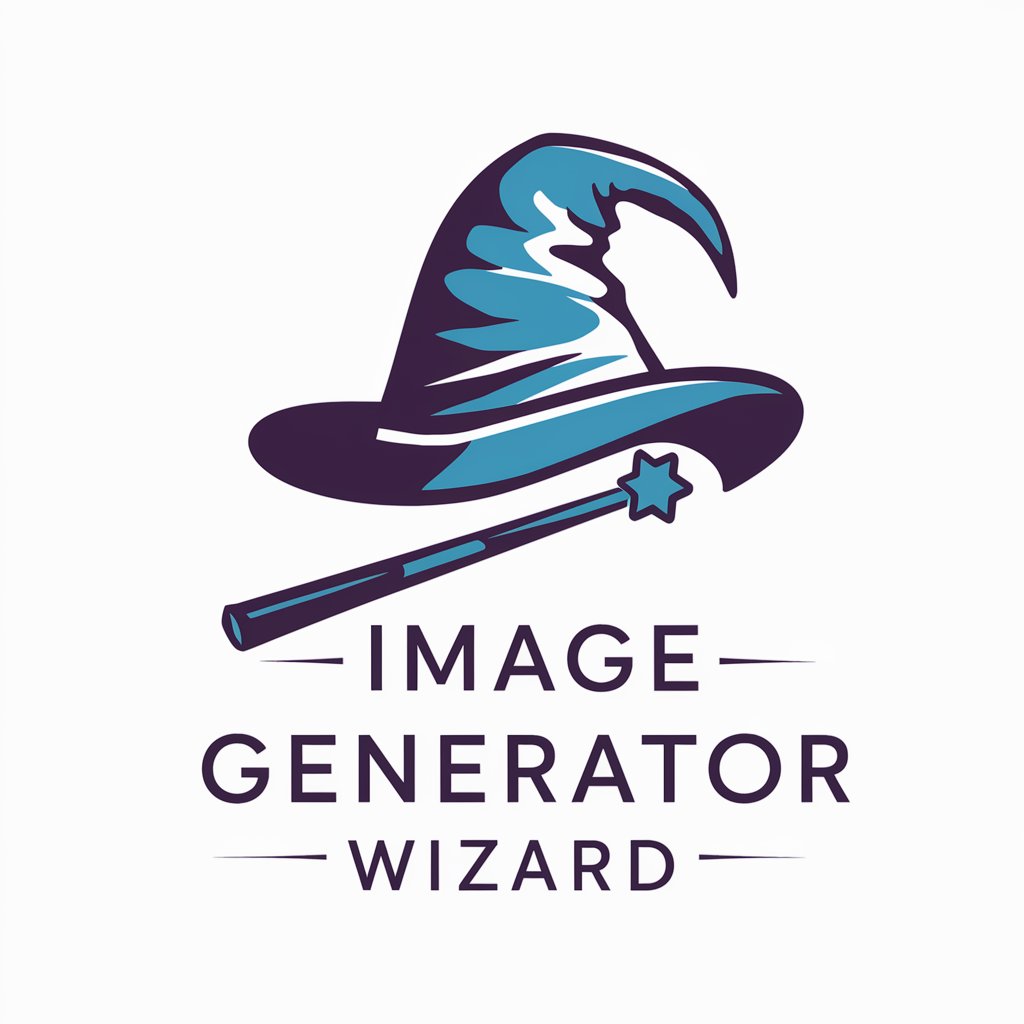
FAQs on Generating Narrative Visuals
What types of narratives are best suited for Generating Narrative Visuals?
This tool excels with a wide range of narratives, from epic fantasy tales and deep space adventures to intimate character studies and historical reimaginings. The key is clarity in your vision and specificity in your request.
Can I use Generating Narrative Visuals for educational purposes?
Absolutely. Educators can bring historical events to life, illustrate complex scientific concepts, or create compelling visuals for literary analysis, enhancing learning through vivid storytelling.
How does the tool handle feedback and revisions?
Feedback is essential for refining the visuals. You can specify adjustments to better capture your narrative or stylistic preferences, and the tool will iteratively improve the output based on your guidance.
Is it possible to integrate these visuals into a game development process?
Yes, game developers can use these visuals for concept art, storyboarding, or as inspiration for in-game graphics. The tool can adapt to various game art styles, aiding in creating a cohesive visual narrative.
What if I'm not sure about the style or details of my narrative?
The tool offers guidance by suggesting styles and details that can complement your narrative. Sharing even a rough idea of your story can be enough to start the creative process, with iterative refinements to hone the vision.
